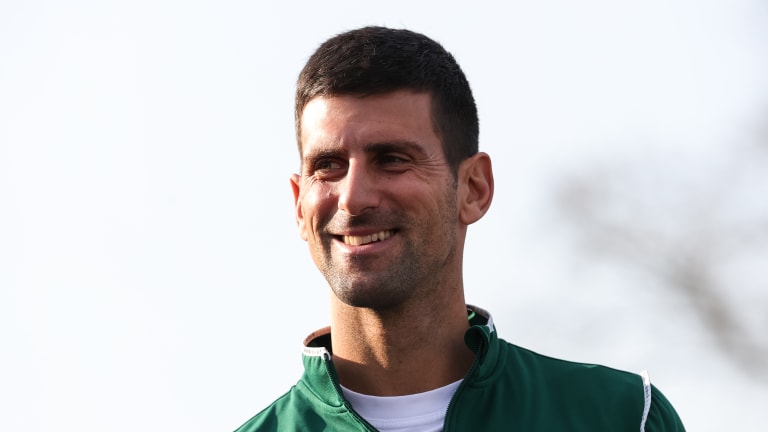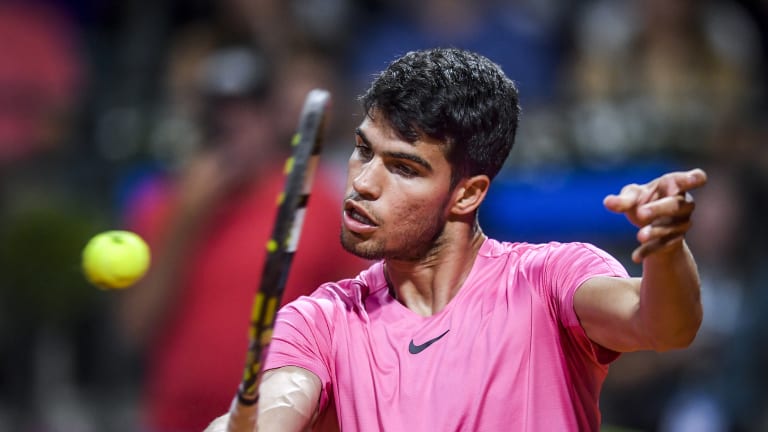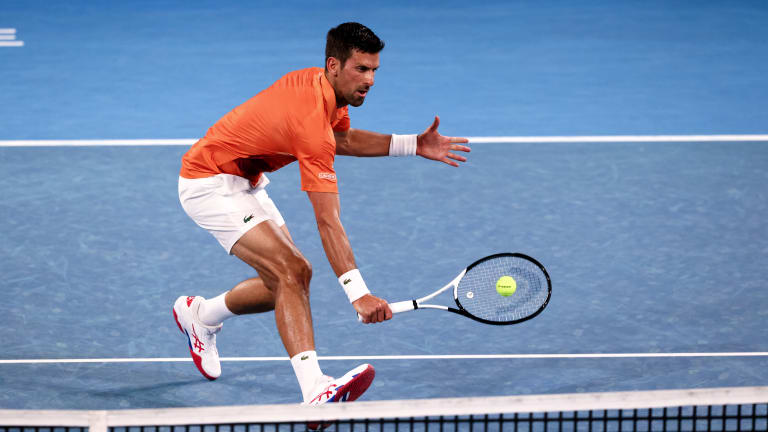Tennis Lessons
The case for the volley game: how it might be a way to play Novak Djokovic
By Feb 26, 2023Tennis Lessons
The burdensome bonus pool on the ATP tour, explained
By Nov 29, 2025Tennis Lessons
Working within traditional framework, tennis players made their point in 2025
By Nov 23, 2025Tennis Lessons
REVIEW: Sincaraz books capture Jannik Sinner, Carlos Alcaraz in the wake of new era-defining dominance
By Oct 24, 2025Tennis Lessons
What is the importance of stats in professional tennis?
By Oct 18, 2025Tennis Lessons
JTCC makes "Tennis for Everybody" with adaptive tennis program
By Sep 13, 2025Tennis Lessons
What is an unforced error? A meditation on the tennis player's least favorite stat
By Dec 28, 2024Tennis Lessons
The Never-Ending Serve Quest: Top players shift focus towards improved deliveries
By Feb 27, 2024Tennis Lessons
Roger Federer in primetime: TC Plus Classics to revisit 20-time Slam champ's greatest matches
By Dec 19, 2023Tennis Lessons
Winning Ugly, revisited: Brad Gilbert’s ethos returns with Coco Gauff Slam triumph
By Sep 30, 2023The case for the volley game: how it might be a way to play Novak Djokovic
Charging the net alters the texture not just of a single point, but of an entire match.
Published Feb 26, 2023
Advertising

Dare use such trite terms as “defensive” or “steady” to describe Djokovic at your own peril.
© 2023 Srdjan Stevanovic
Advertising

Alcaraz is one of the few in his generation of players who is comfortable rushing the net.
© 2023 Getty Images
Advertising
Advertising

Forward movement has aided in the evolution of Djokovic's game.
© ©Icon Sportswire (A Division of XML Team Solutions) All Rights Reserved